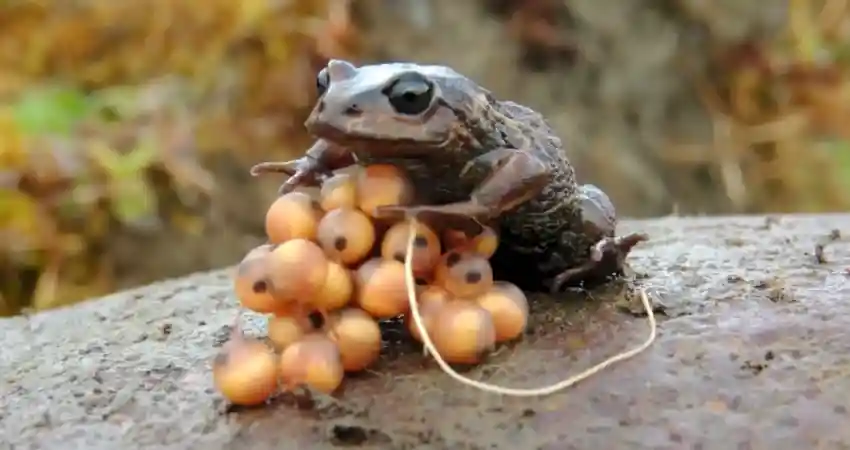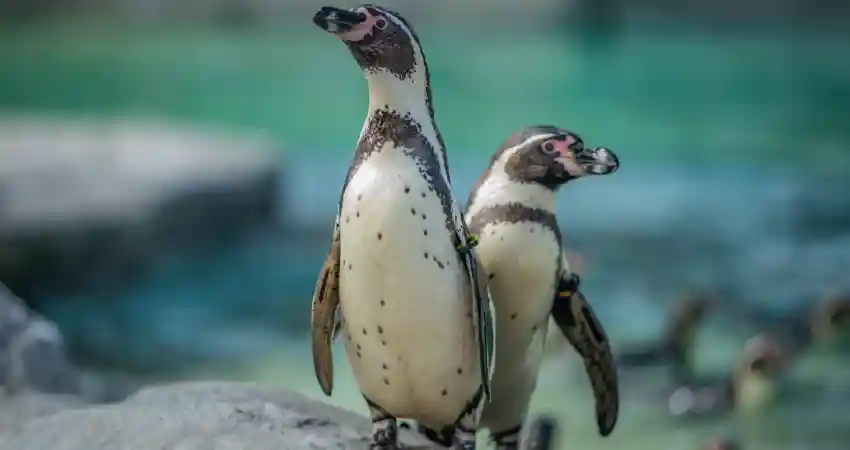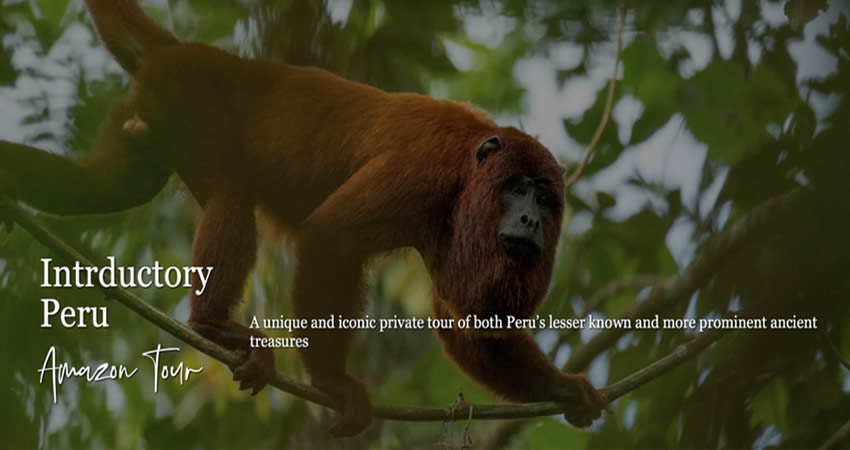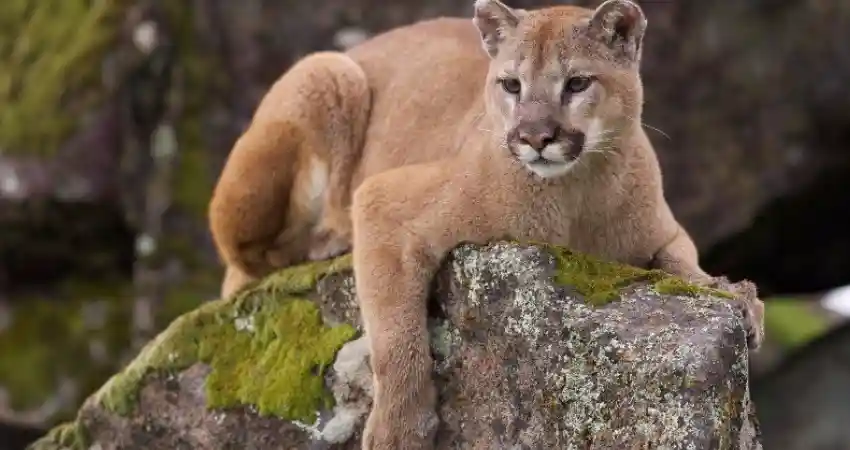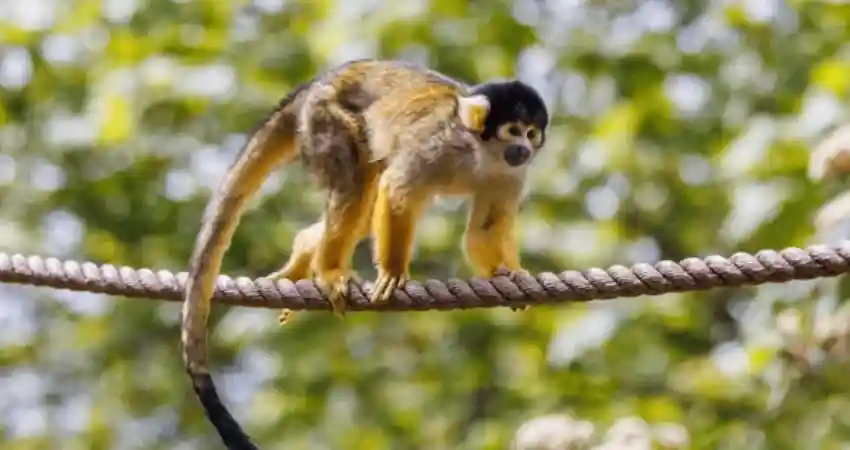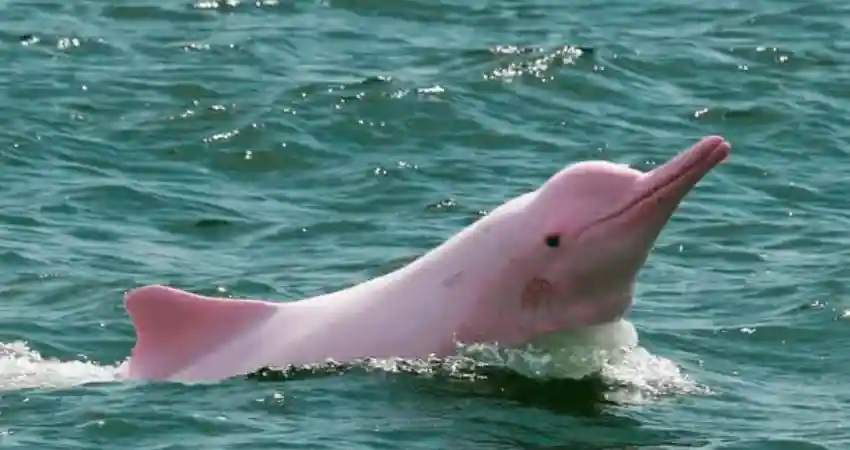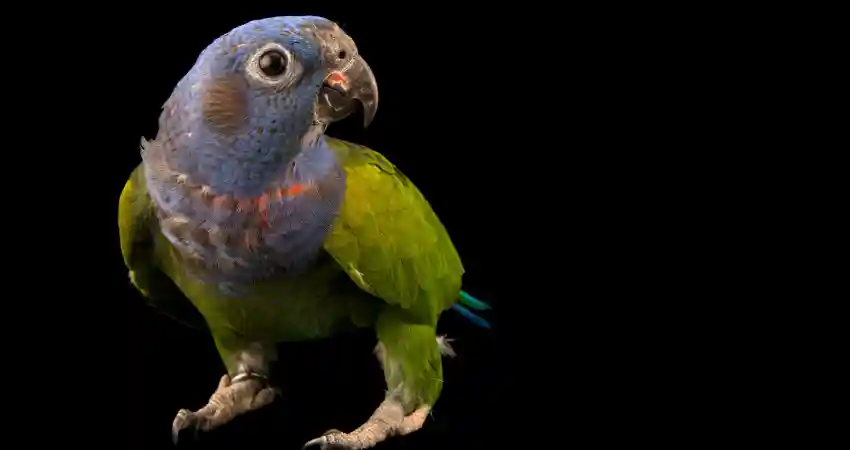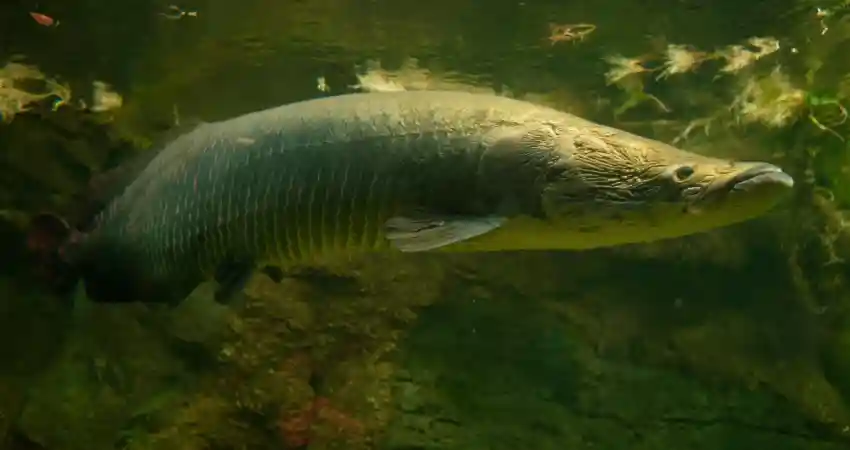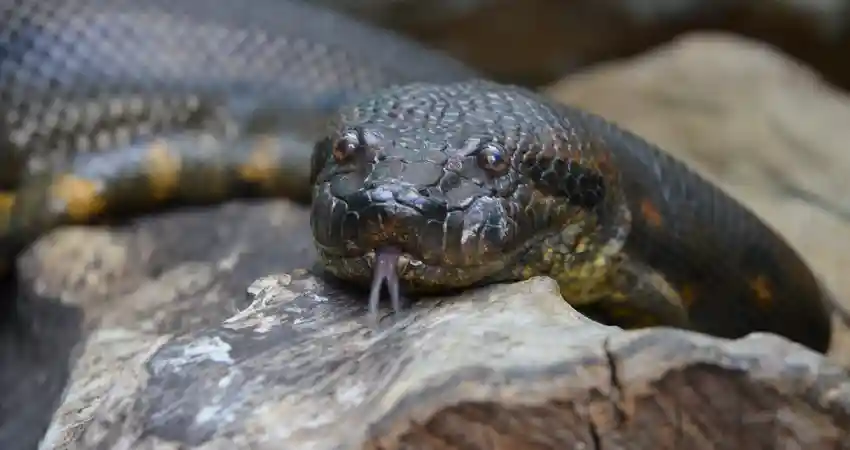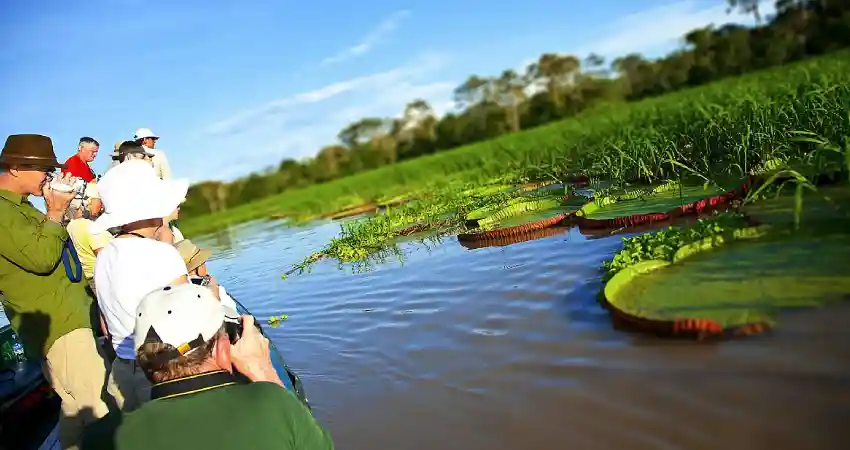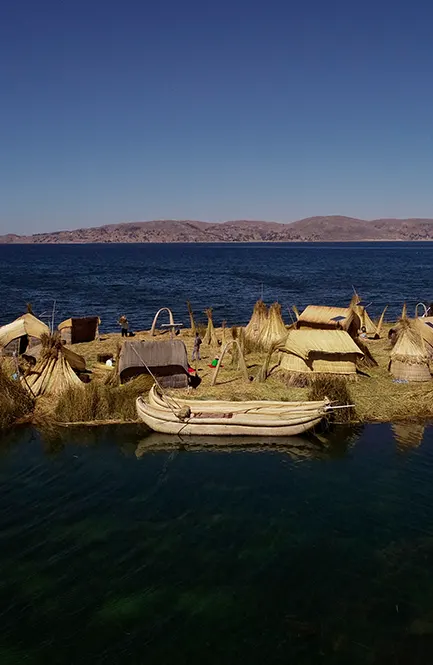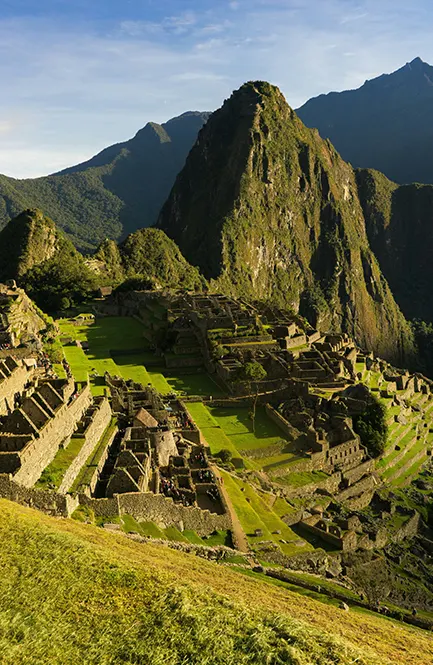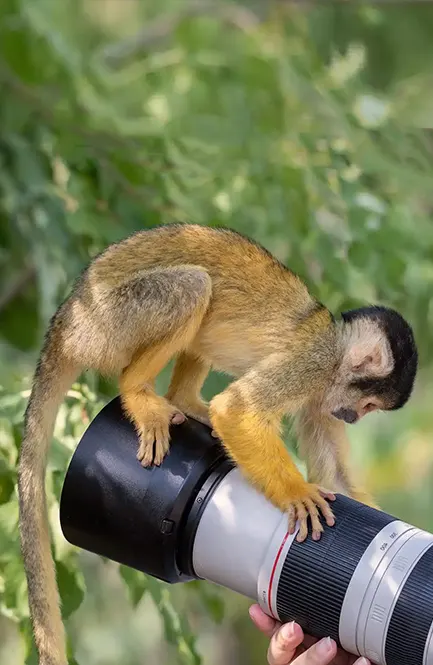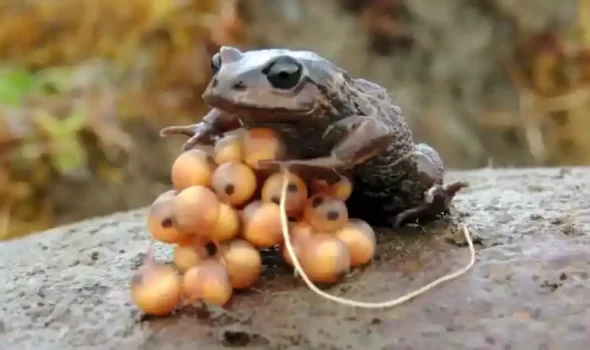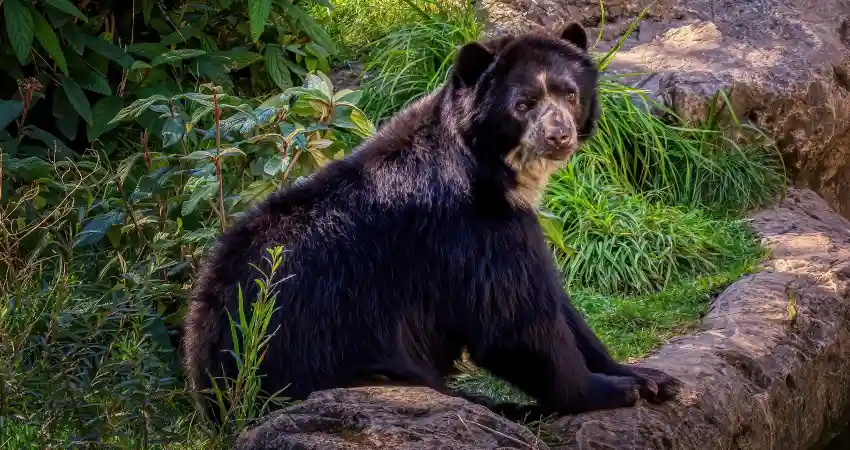
1.- INTRODUCTION TO PERU’S ECOLOGICAL RICHNESS
Many people are undoubtedly unaware that the greatest treasure that can be found during their trip to Peru are not only historical monuments or ancestral traditions that have been inherited for generations. The Biodiversity Peru is well one of the main factors why many world travelers want to know this place at least once in life. It is located in the heart of the South American continent and thanks to the particular geography it possesses, Biodiversity Peru is so varied that it has been catalogued as one of the places with the greatest number of natural elements in the world, highlighting unique places such as the arid of certain located in the coastal region, the incredible Amazon jungles and the remote mountains in the Peruvian Andes, these characteristics have made Peru become a complete sanctuary for thousands of natural species that provide an ecological balance for the world and in this way is considered as an extremely important resource in different aspects of science, medicine and of course the future of humanity.
It is not an exaggeration when we mention that Biodiversity Peru has managed to position this country as one of the most biodiverse in the world, in fact it is in third place after Brazil and Colombia, is what makes Peru quite particular is that it has a unique coexistence between fauna and flora in addition that it becomes more representative in each of the regions so many species have found their habitat in these places and have become endemic species and of course there are thousands of others that are yet to be discovered, it is safe to say that every place and space in Peru has hidden unique unique system that is part of the Biodiversity Peru.
2.- Unique ecological zones
Thanks to the ecological diversity that exists we can also assure the presence of unique places where Biodiversity Peru shows its maximum splendor and of course history shows us how ancient cultures have managed to coexist in a unique way and adapt perfectly to the point that they were able to develop and have a great social advancement. The clearest example is undoubtedly in the coastal region where you can see a vast desert where thousands of species have adapted and have found a home to develop, this is the case of the sea lion and migratory birds, on the other hand in the high mountains of the Andes there are also inhales altitude ecosystems where species such as the vicuña and the spectacled bear have developed, finally in the Peruvian Amazon has managed to capture the largest percentage of the Biodiversity Peru being listed as one of the environments where there is a large percentage of unique biomes of its kind.
3.- Biodiversity Peru
When we talk about biodiversity we refer to the global impact it has had on the natural scale since Peru is the place where you can find more than 21,000 species of plants of which 7000 are considered endemic so they can not be found anywhere else in the world, it is also possible to find more than 1800 species of birds, 500 species of mammals and more than 3000 varieties of fish. In this way it has been calculated that about 60% of the biodiversity that extends throughout the Amazon is located mainly in Peru and because of this has increased the percentage of protected natural areas in order to seek preservation globally.
4- ECOLOGICAL ZONES OF PERU
Due to the wide presence of ecosystems that exist distributed throughout the Peruvian territory, activities such as Ecotourism in Peru have been developing more and more to the point of being considered as the travel of the future as it is a responsible way that allows world travelers to have a natural immersion and at the same time a disconnection with the world.
4.1.- Coastal Ecosystems
The coastal region extends for more than 2,400 km along the Peruvian coastline and mainly presents a desert geography in addition to diverse marine habitats. The Peruvian coast is plagued with marine biodiversity and this is essentially due to the Humboldt Current, which brings cold waters along with nutrients that directly favor the development of biological productivity. This region is extremely important for marine life since it contains a wide variety of species that have found their habitat, such as the sea lion, jack mackerel and anchovy, which are the basis of fishing activity.
In addition to marine life it is also important to mention that due to its location the coastal region is the habitat of hundreds of colonies of guano birds mainly as the gull and the Humboldt penguin, it is also common that in the rocky area you can find other endemic species such as the marine iguana and mollusks that are directly related to the flavors of Peruvian cuisine resulting in emblematic dishes that have gained international renown.
GLOBAL IMPORTANCE
“Biodiversity Peru not only plays an essential role in the ecological balance at a national level but also at a global level, thanks to the presence of the Amazon rainforests that extend over a large territory of the country has allowed Peru to earn the title of lung of the planet being one of the places that produces the highest absorption of carbon dioxide and produces oxygen in parallel.”
4.2.- Andean Mountain Ecosystems
The ecosystem found in the high Andean region is undoubtedly one of the greatest ecological treasures that you can find during your visit to Peru because through various geographical areas such as the high plateaus and snowy mountain peaks that are part of the Andes, a unique ecosystem in its kind contains a special biodiversity that has managed to adapt to these extreme conditions of low temperatures and where oxygen is much scarcer. The maximum exponent of the Biodiversity Peru is the Andean condor that has developed an incredible ability to fly at high altitudes and also highlights the puma for its presence in the Andean valleys.
On the other hand the flora has also excelled in a special way to be able to develop in such an extreme place, it is in this way that the Puya Raymondi stands out for being one of the few species of flora that can face the arid zones and live for centuries, also the environment is adapted to the development of this type of species with the intention of maintaining the ecological balance and directly face the challenge of geo-location.
4.3.- Amazon Rainforest Biodiversity
The Amazon jungle is considered one of the places where one of the richest and most bio diverse ecosystems in the world is found, in fact it extends over 60% of the national territory and contains an incredible natural wealth of plants, birds, reptiles, insects and various types of endemic species unique in its kind. Thanks to the extensive and dense tropical cells that are often located and surrounded by large amounts of fast-flowing rivers, an incredible natural environment has been created for the development of nature.
Many of the endemic species of the Amazon have developed a unique adaptation to be able to survive in a daily way to the humidity, heat and of course a constant presence of light creating in a direct way a mimicry that allows them to survive without being affected by predators, Among these we can find the glass frog that has a perfect camouflage or on the other hand the yellow-tailed choro monkey that thanks to its agility can easily escape from predators in the treetops, there is no doubt that the Amazon biodiversity is one of the largest in the world but because of this also face serious problems such as deforestation and expansion of illegal mining which can directly affect the species that are endemic to the place.
5.- ICONIC WILDLIFE OF PERU
The Peruvian Biodiversity is really incredible since it is considered as the home of countless species of animals that inhabit the different ecosystems that exist, from the high mountains of the Andes to the desert beaches of the coast, in this vast territory you can find a lot of unique species such as mammals, reptiles, birds and of course fish.
5.1.- Mammals
In the Andean region it is common to see mammals that have managed to adapt to the extreme climate that can be felt as the Puma, Andean Fox and Vicuña, the latter being one of the most emblematic in the region as it is quite popular and appreciated by the high quality fiber it has. Another recognized mammal that can be found in this region is the spectacled bear, the only one in South America living in the border between the Andes and the jungle.
On the other hand, the jungle region also has unique mammals such as the jaguar which is considered the predator of the jungle, the Amazonian tapir and other species. However, there are also other species of mammals that have a higher degree of preservation because they have been violated as endangered species due to their high degree of illegal hunting, this is the case of the yellow tailed monkey, the pink dolphin and the giant otter.
It is also important to mention that there are species that are native to these regions and cannot be found anywhere else in the world, this is the case of the puna mouse as well as other types of rodents that are mainly found in the Andean region and have managed to adapt perfectly to this type of extreme habitat with very low temperature climates.
5.2.- Birds
Throughout Peru there have been counted about 1800 species of birds making it a paradise for bird watching lovers from the Peruvian coastline in the coastal region to dive into the dense vegetation of the Amazon jungle. Among these bird species, the cock of the rock is considered the national bird and the hummingbird has a sense of relationship with the Andean belief being a symbol of cultural identity. It is also possible to appreciate how there are birds that are endemic to Peru as the case of the gray-headed parakeet or the long-billed hummingbird, both are protected species and hunting is prohibited.
Due to the high demand for Ecotourism in Peru activities, sanctuaries and protected reserves have implemented protocols for visitors to visit in a safe and responsible manner. The Manu National Park, Paracas National Reserve, and the Colca Valley are the most popular places for birdwatching.
5.3.- Aquatic life
The aquatic life is also quite varied in Peru and contains special and unique species such as the pink dolphin, sea lion and humpback whale. On the other hand there are also species that are mainly used for fishing activity, this is the case of the anchoveta which is considered as a main resource. On the other hand, there are also species that are endemic to fresh water, such as the Paiche, which is considered the largest fresh water fish in the world, the Amazonian silverside and the lethal piranha that mainly inhabits the rivers of the Amazon.
In the basins or rivers you can also find species of aquatic life such as pink dolphins which are considered as protected species by the Peruvian government because due to their beauty they are easily vulnerable to attacks by hunters who are looking for them to trade them illegally.
5.4.- Reptiles
Another of the species that are part of the biodiversity that exists in Peru, here you can find unique specimens such as the green anaconda which is listed as one of the largest snakes in the world and its habitat is restricted mainly to swamps and rivers of the Amazon, on the other hand there is also a large presence of toads and frogs, these have a special connection with the Andean world as they are part of the belief of mysticism that exists to this day as part of the tradition.
| “Disconnecting from the world is the first step to connect with nature.” |
6.- FREQUENTLY ASKED QUESTIONS
- What makes Peru’s biodiversity unique?
The biodiversity of Peru is completely unique thanks to the geographical diversity that exists in the country, this also allows the existence of many habitats and biomes where life has developed in a special way even harboring endemic and local species.
- How many species are found in Peru?
According to a record it has been determined that Peru is home to more than 8000 species of birds, 500 types of mammals, 25000 varieties of plants, 3000 species of birds and an incalculable number of insects. Of course the most impressive thing is that this number is increasing with the passage of time.
- What are the main ecological zones in Peru?
The ecological zones of Peru are limited to the existing regions, on the coast the marine habitats are supported by the Humboldt current, in the Andes there are the paramos and fog zones while the Amazon jungle contains more than 60% of the Peruvian territory with a variety of biodiversity.
- Can tourists see rare wildlife in Peru?
Yes, Peru has positioned itself as one of the main places where world travelers can enjoy appreciating the exotic and wild fauna, there are areas protected by the state such as Manu, Machu Picchu, Paracas, Pacaya Samiria and others where it is the main activity offered to visitors from around the world.
- Are there endangered species in Peru?
Yes, Peru is a sanctuary for this kind of animals because of illegal hunting their numbers have been reduced considerably, here you can find species such as the yellow tailed monkey, spectacled bear, jaguar and the pink dolphinarium. Another cause of their extinction is also due to illegal mining and deforestation.
It is time to take the decision, disconnect from the world and take that trip you are longing for. Immersing yourself in the biodiversity of Peru will undoubtedly become the best experience of your life. Auri Peru can organize a personalized and responsible trip that you can be part of now, contact us and reserve your space for your next adventure.
“In the middle of the dense forest you are not lost, you are finding yourself.”




